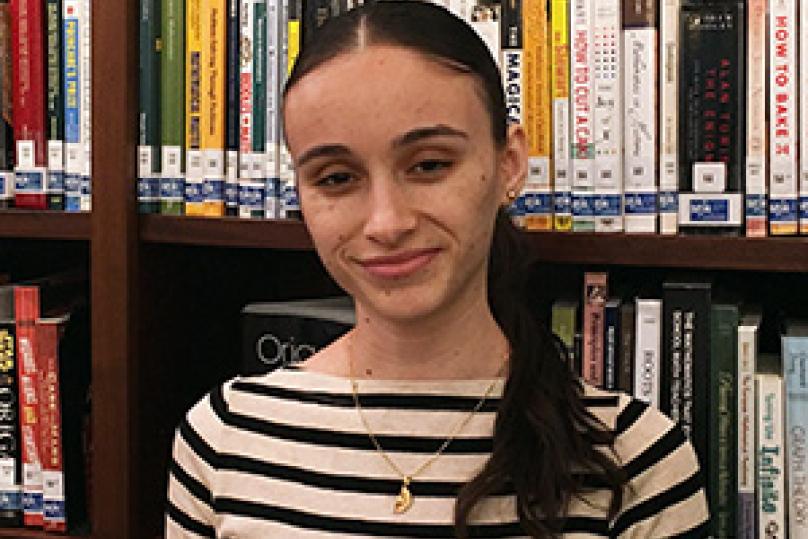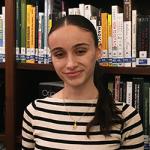
By Zullay Yepes, MƒA Early Career Teacher
Let’s rewind to three months ago: December 2016. Can any one name a mathematician? Of course you can! Many of us learned about Leibniz in Calculus and Pythagoras in Algebra; these were only some of the names ingrained in us as prospective math teachers.
But what if I asked you to name a female mathematician? This requires a little more thought, I bet.
Here comes an even harder question, can you name a mathematician of color? More specifically, a female mathematician that does not identify as white?
After the release of the film Hidden Figures earlier this year, many of us are now able to name three very influential female African American mathematicians: Katherine Johnson, Dorothy Vaughan and Mary Jackson. The film, which is based off Margot Lee Shetterly’s book of the same title, shares with us some of the contributions made by the three African American women during their time working at NASA.
Katherine G. Johnson, an expert at analytic geometry, was chosen to confirm mathematical calculations in the space program needed to launch and land. More importantly, she is credited with confirming the landing coordinates of the Friendship 7 capsule, which carried John Glenn into space. Dorothy Vaughan, a self-taught Fortran specialist, became NASA’s first African American supervisor in charge of the IBM computing lab. Finally, Mary Jackson, is America’s first African American Aeronautical Engineer. Her determination to become the first drove her to petition the court and succeed, allowing her to take the classes needed to become an engineer.
These three women, along with other forgotten individuals in history, not only made great contributions as mathematicians, but did so at a time when African Americans were restricted from doing much at all in this country. At a time when racial tensions were high and bathrooms were still segregated, Katherine, Dorothy and Mary made it their business to be great and cross the very clear boundaries placed on them because of their gender and even more so because of their race.
After watching the movie, I felt so inspired by these three women; they made me feel like I could do anything. But after the inspiration, a feeling of sadness followed.
Why are we just hearing this information now? Why wasn't I taught this in my History of Mathematics class? Why do people suddenly care about this story?
All of these questions have answers, and I’m sure some of you are nodding your heads in agreement with me. Despite all the “progress” that’s been made in the United States regarding equality, gender and race, there is still so much more work we must do as individuals, as citizens and as teachers.
In today’s social and political climate, gender and racial tensions are becoming more evident. What used to be subtle discrimination is now being replaced with blatant signs of hate, apparent just by turning on the news every day. Our students are seeing these messages and taking it all in. How can educators combat this? We can’t immediately change what’s happening outside, but we can make changes in our classrooms. I want to take it back to Hidden Figures. Mathematics has historically been painted as a field for white men and eventually Asian men. This common stereotype has led many of our young people to believe they can’t ever study mathematics. But learning about the incredible lives of hidden figures like Katherine Johnson, Dorothy Vaughan and Mary Jackson can inspire many of our young women and young people of color to become mathematicians.
Teaching in New York City means teaching in one of the largest and most diverse school districts in the country; it also means we have an enormous responsibility. If the curriculum is not giving us the full story, it is our job to find the full story so that important lives and important contributions are no longer hidden. Our students matter and one way to show them that is by teaching their history. What will you do to reaffirm your students in a time when their identity and culture is being attacked or questioned? How will you encourage your students of color and female students to go against the norm and be the next Katherine Johnson, the next mathematical genius, or the first in their field, like Mary Jackson or Dorothy Vaughn? I challenge all of you, my fellow educators, to come up with one concrete action that you will take before you leave this blog post. I can assure you that this is only the beginning of a very powerful conversation.
